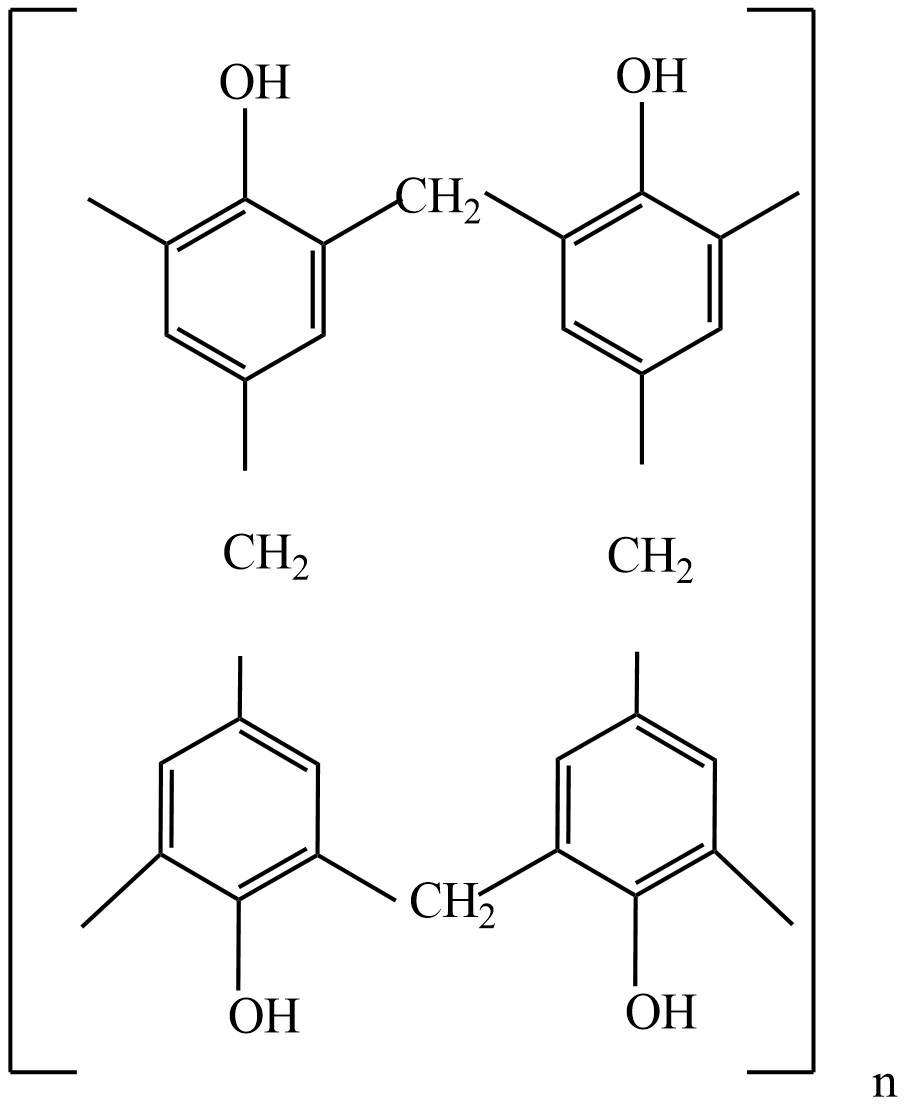
Which type of polymer is Bakelite?
(A) Addition polymer
(B) Homopolymer
(C) Condensation polymer
(D) Biopolymer
Answer
423.8k+ views
Hint: Polymers are macromolecules built up by linking together a large number of small molecules. The repeating units in a polymer are linked through strong covalent bonds. The process of combining small molecules to form polymer molecules is called polymerization. Three types of polymers classified based on this polymerization are addition polymer, condensation polymer, and co-polymer.
Complete step by step solution:
There are three types of polymers classified based on the synthesis,
(1) Addition polymer
(2) Condensation polymer
(3) Co-polymer
Addition polymer: the polymer which is a synthesis based on addition polymerization is known as addition polymers. These polymers are formed by adding two or more same monomers to form chain-like polymers. This is also called a homopolymer because this polymer consists of the same monomer repeating units.
For example, polyethylene, polyvinyl chloride, polystyrene, etc.
Condensation polymer: the polymers which are synthesis from condensation polymerization are known as condensation polymers. These polymers are formed by adding two or more different polymers with functional groups combined to form three dimensional like structure or cross-linked structure polymers.
For example, Bakelite, nylon-6,6, PET, etc.
Bakelite: this polymer is made up of phenol and formaldehyde by condensation polymerization.
Step-1: formation of monomethyl phenol from phenol and formaldehyde

Step-2: formation of Novolac

Step-3: when novolac is heated in presence of hexamethylenediamine, cross-linked Bakelite can be obtained.

Hence, Bakelite is a type of condensation polymer.
The correct answer is option C.
Note: Bakelite is the commercial name for the phenol-formaldehyde resin. This is a type of thermosetting polymer. Bakelite was used in electrical insulators, radio and telephone casings due to its electrical non-conductivity and heat resistance properties.
Complete step by step solution:
There are three types of polymers classified based on the synthesis,
(1) Addition polymer
(2) Condensation polymer
(3) Co-polymer
Addition polymer: the polymer which is a synthesis based on addition polymerization is known as addition polymers. These polymers are formed by adding two or more same monomers to form chain-like polymers. This is also called a homopolymer because this polymer consists of the same monomer repeating units.
For example, polyethylene, polyvinyl chloride, polystyrene, etc.
Condensation polymer: the polymers which are synthesis from condensation polymerization are known as condensation polymers. These polymers are formed by adding two or more different polymers with functional groups combined to form three dimensional like structure or cross-linked structure polymers.
For example, Bakelite, nylon-6,6, PET, etc.
Bakelite: this polymer is made up of phenol and formaldehyde by condensation polymerization.
Step-1: formation of monomethyl phenol from phenol and formaldehyde

Step-2: formation of Novolac

Step-3: when novolac is heated in presence of hexamethylenediamine, cross-linked Bakelite can be obtained.

Hence, Bakelite is a type of condensation polymer.
The correct answer is option C.
Note: Bakelite is the commercial name for the phenol-formaldehyde resin. This is a type of thermosetting polymer. Bakelite was used in electrical insulators, radio and telephone casings due to its electrical non-conductivity and heat resistance properties.
Recently Updated Pages
Master Class 12 Economics: Engaging Questions & Answers for Success

Master Class 12 Maths: Engaging Questions & Answers for Success

Master Class 12 Biology: Engaging Questions & Answers for Success

Master Class 12 Physics: Engaging Questions & Answers for Success

Master Class 12 Business Studies: Engaging Questions & Answers for Success

Master Class 12 English: Engaging Questions & Answers for Success

Trending doubts
Draw a labelled sketch of the human eye class 12 physics CBSE

Phenol on treatment with conc HNO3 gives A Picric acid class 12 chemistry CBSE

Differentiate between homogeneous and heterogeneous class 12 chemistry CBSE

Which sugar is called invert sugar Why is it called class 12 chemistry CBSE

a Give chemical tests to distinguish between 1 Propanal class 12 chemistry CBSE

What are the major means of transport Explain each class 12 social science CBSE




